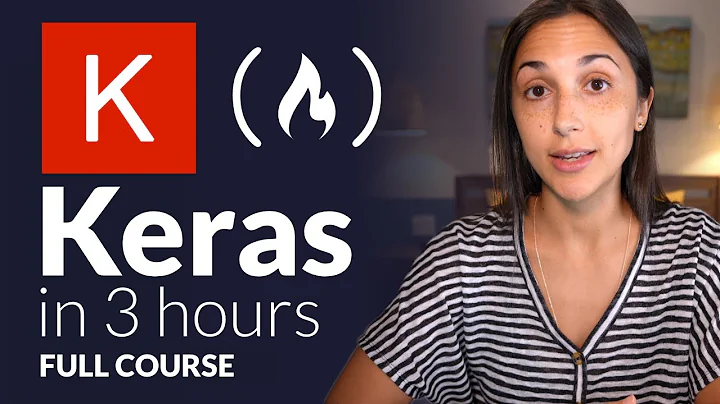Keras, output of model predict_proba
Here the situation is different and somehow misleading, especially when you are comparing predict_proba method to sklearn methods with the same name. In Keras (not sklearn wrappers) a method predict_proba is exactly the same as a predict method. You can even check it here:
def predict_proba(self, x, batch_size=32, verbose=1):
"""Generates class probability predictions for the input samples
batch by batch.
# Arguments
x: input data, as a Numpy array or list of Numpy arrays
(if the model has multiple inputs).
batch_size: integer.
verbose: verbosity mode, 0 or 1.
# Returns
A Numpy array of probability predictions.
"""
preds = self.predict(x, batch_size, verbose)
if preds.min() < 0. or preds.max() > 1.:
warnings.warn('Network returning invalid probability values. '
'The last layer might not normalize predictions '
'into probabilities '
'(like softmax or sigmoid would).')
return preds
So - in a binary classification case - the output which you get depends on the design of your network:
- if the final output of your network is obtained by a single sigmoid output - then the output of
predict_probais simply a probability assigned to class 1. - if the final output of your network is obtained by a two dimensional output to which you are applying a
softmaxfunction - then the output ofpredict_probais a pair where[a, b]wherea = P(class(x) = 0)andb = P(class(x) = 1).
This second method is rarely used and there are some theorethical advantages of using the first method - but I wanted to inform you - just in case.
Related videos on Youtube
Comments
-
 GoingMyWay over 1 year
GoingMyWay over 1 yearIn the docs, the
predict_proba(self, x, batch_size=32, verbose=1)isGenerates class probability predictions for the input samples batch by batch.
and returns
A Numpy array of probability predictions.
Suppose my model is binary classification model, does the output is
[a, b], forais probability ofclass_0, andbis the probability ofclass_1? -
Martin Thoma over 6 yearsThe answer is outdated








